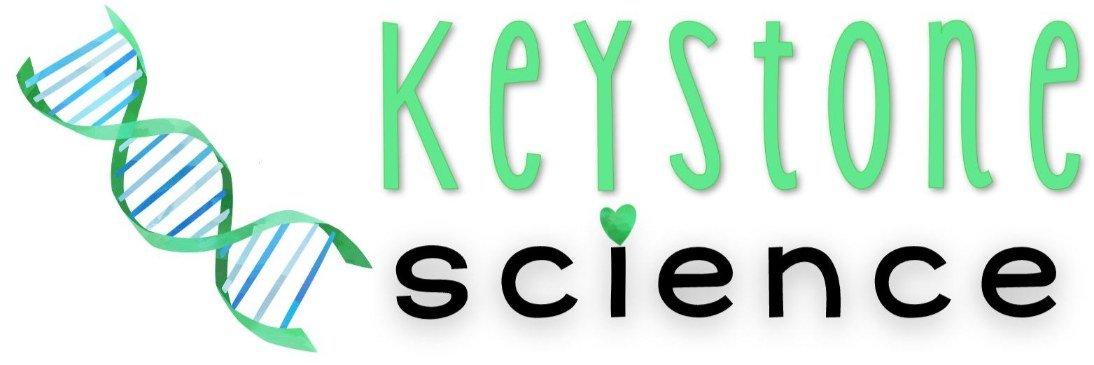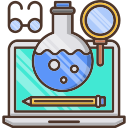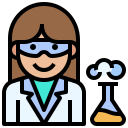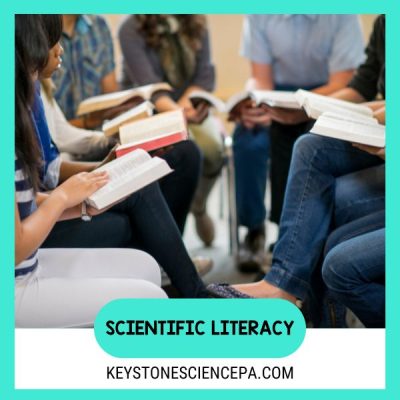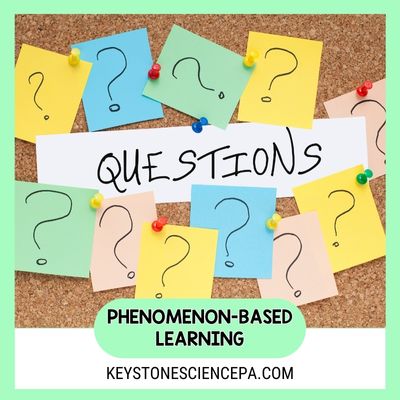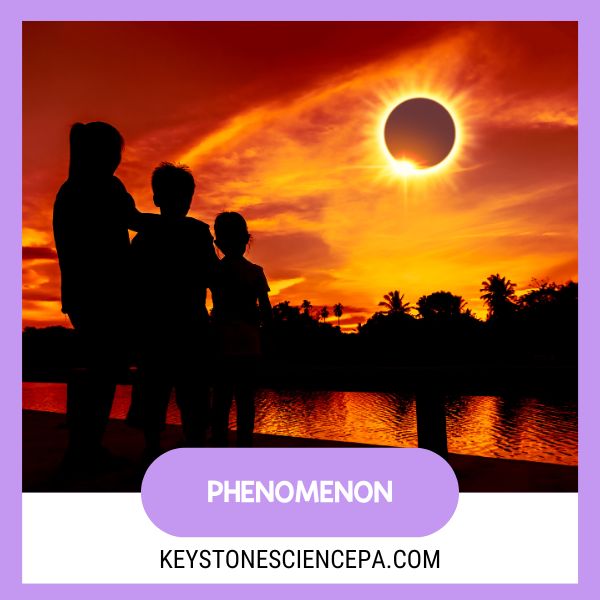Please note, this blog post contains affiliate links. I may receive a small commission if you choose to purchase an item using one of these links, at no cost to you.
Scientific Book Studies Introduction
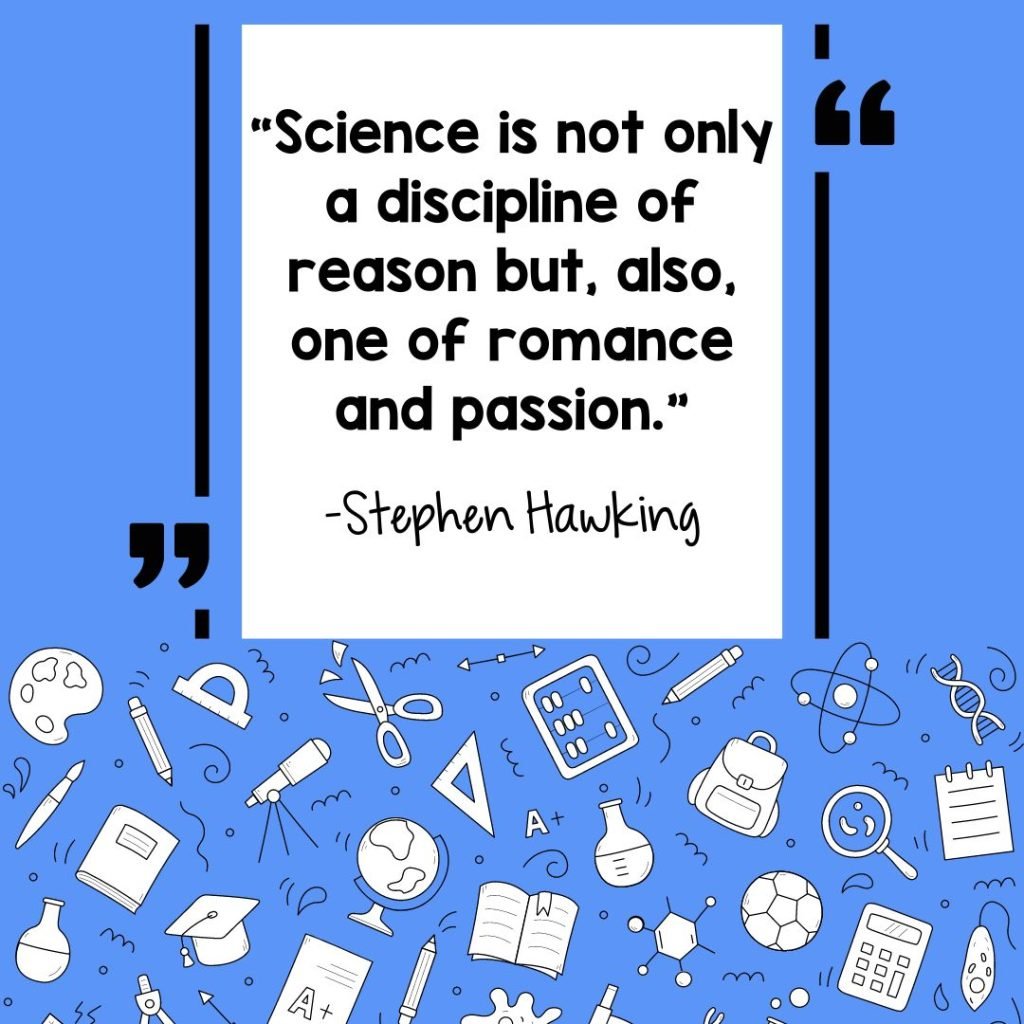
“Science is not only a discipline of reason but, also, one of romance and passion.” — Stephen Hawking. Now, isn’t that the dream? To have our students not just understand science but to genuinely enjoy it, to see the beauty in the chaos of the natural world, and to connect with the material on a level that feels personal and meaningful?
But, let’s be real. Sometimes, the tools we traditionally use in the classroom can feel more like we’re reading through assembly instructions rather than a good book. Textbooks? Essential, yes. Exciting? Not so much. And that’s a problem because if our students are yawning by page two, they’re not exactly going to absorb the wonders of quantum physics or the nuances of ecosystems.
September is National Literacy Month and this is the first in my series of blog posts on scientific literacy. Scientific literacy is an often forgotten skill but SO ESSENTIAL for our students to make the world a better place. In this post I’m going to share how using scientific book studies in your high school science classroom can increase student engagement with scientific content and literacy of scientific history and processes.
Scientific book studies can be the bridge between dry facts and lively curiosity. They can transform your classroom from a place of “Do we have to?” to “Tell me more!” Let’s dig into two common hurdles we face in teaching science and how non-fiction scientific book studies can help us clear them with grace (and maybe even a little flair).
Problem 1: Lack of Engagement with Traditional Science Textbooks
The Textbook Tango: A Slow Dance to Nowhere
We’ve all been there—students dragging their feet through chapter after chapter of dense, fact-laden textbooks. Sure, these books are packed with valuable information, but they can often feel like reading a grocery list of concepts. Not exactly something you’d take to the beach, right?
When students feel overwhelmed or bored by the material, they disengage. And when they disengage, the information doesn’t stick. You can almost see it bouncing off their foreheads as they zone out. It’s frustrating because we know how cool this stuff really is!
The Fix: Storytelling to the Rescue
This is where science non-fiction book studies can be an amazing alternative. Unlike textbooks, these books tell stories—real stories that make science feel alive. They’re written by scientists, journalists, and even the occasional adventurer who knows how to spin a yarn that students actually want to read.
Imagine this: instead of slogging through a chapter on marine biology, your students could be reading about the daring escapades of ocean explorers or the real-life drama of saving endangered species. Suddenly, science isn’t just a subject; it’s an adventure. And guess what? When students are engaged in a story, they’re far more likely to remember the details.
The Perks: Curiosity Gets a Kickstart
By bringing in non-fiction book studies, you’re giving your students a window into the real world of science—the messiness, the breakthroughs, the human element. They start to see how the concepts they’re learning apply to real-life situations, which naturally sparks curiosity. They might even start asking questions that you haven’t covered in class yet. How’s that for a win?
And if you’re looking for a place to start, consider titles like The Immortal Life of Henrietta Lacks by Rebecca Skloot or Radium Girls by Kate Moore. These books aren’t just about facts; they’re about the people behind the science and the impact of those discoveries on our world.
Problem 2: Difficulty in Understanding Complex Scientific Concepts
The Struggle is Real
Science is hard. We love it, but let’s face it—some concepts are just plain tough. And if students are having a hard time wrapping their heads around something abstract, like the theory of relativity or the intricacies of DNA replication, they might start to feel like science is just beyond them. That’s a real confidence killer.
The Fix: Non-Fiction Books That Break it Down
Non-fiction science book studies often do a stellar job of taking complex ideas and making them understandable. They use analogies, real-world examples, and anecdotes that make those “Aha!” moments more accessible.
For instance, instead of just reading about the structure of the atom in a textbook, students could read about the history of atomic theory, complete with the drama, the rivalries, and the accidental discoveries that got us to where we are today. Suddenly, the concept isn’t just a diagram on a page—it’s a story with a plot, characters, and a whole lot of intrigue.
The Perks: Building Confidence, One Chapter at a Time
When students understand the why and the how behind the science, they start to feel more confident. They realize that they don’t need to memorize every detail—they just need to understand the big picture. And with that understanding comes a deeper connection to the material.
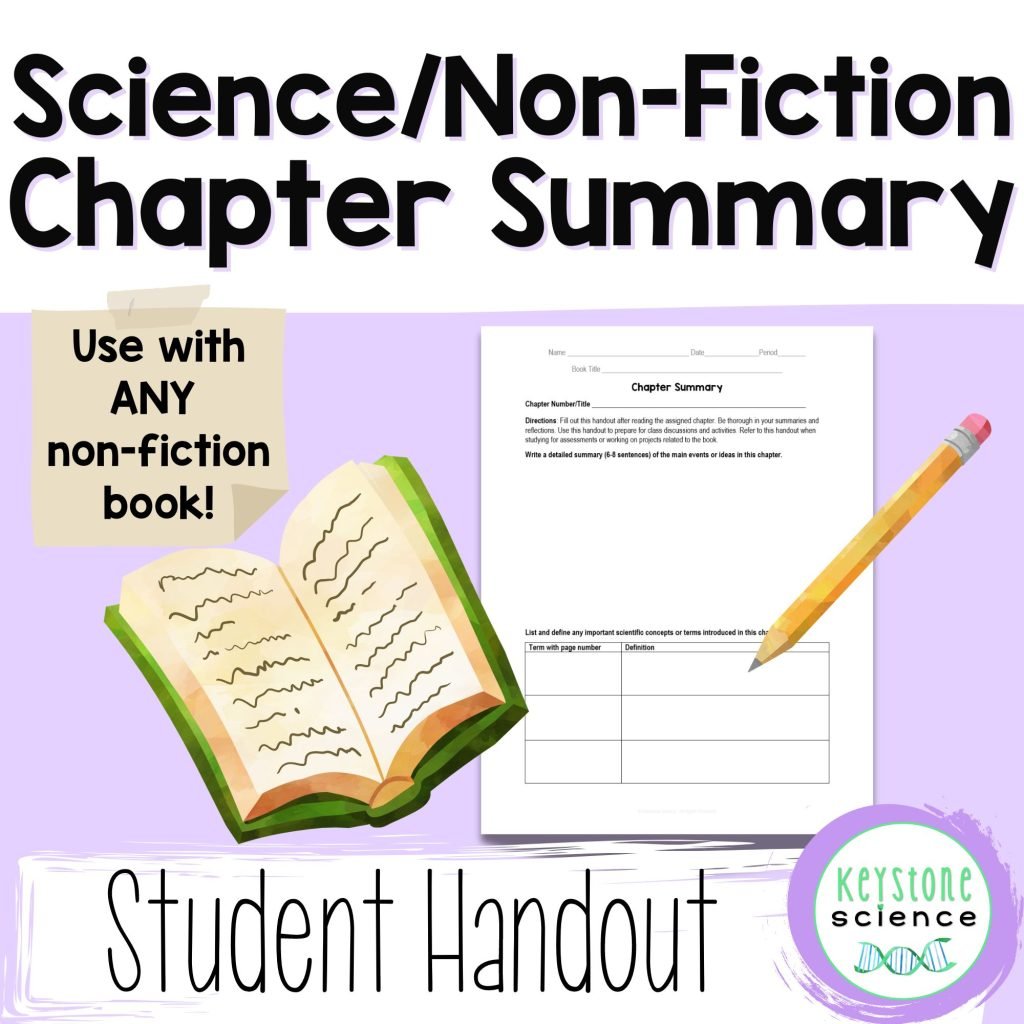
Books like The Song of the Cell by Siddhartha Mukherjee or The Disappearing Spoon by Sam Kean are perfect examples. They take big, challenging concepts and present them in a way that’s both relatable and digestible, helping students build their confidence and their comprehension at the same time. Grab this free chapter summary that’s designed to accompany any non-fiction science book you use in your classroom. The chapter summary gives your students the space to list vocabulary terms, main ideas, and connections from the book to the content they’re studying in class.
How to Implement a Non-Fiction Scientific Book Study
Step 1: Picking the Perfect Book
You want to choose books that align with both your curriculum and your student’s interests. Are you covering the human body? Try The Body: A Guide for Occupants by Bill Bryson. Digging into genetics? The Violinist’s Thumb by Sam Kean could be a hit. The goal is to find something that complements what you’re already teaching, but with a twist that’s engaging enough to keep them turning the pages.
I put together a list of 22 books you can incorporate in the high school science classroom for biology, chemistry, physics, anatomy & physiology, and environmental science. Please note, all links in the document are affiliate links and I may receive a small commission if you choose to purchase using one of these links, at no cost to you.
Step 2: Structuring the Study
This doesn’t have to be complicated. Create a reading schedule that fits with your unit plan, and set up discussion groups where students can talk about what they’re reading. Maybe even throw in a few creative assignments, like a book review or a “What If?” scenario based on the science in the book.
If you’re ready to incorporate scientific book studies in your classroom, I have a complete book study bundle available in my webstore that will give you an implementation plan, pacing guide, KWL handouts, chapter summaries, and vocabulary journals. Each item in the unit is also differentiated into three levels of students: honors, academic, and scaffolded.
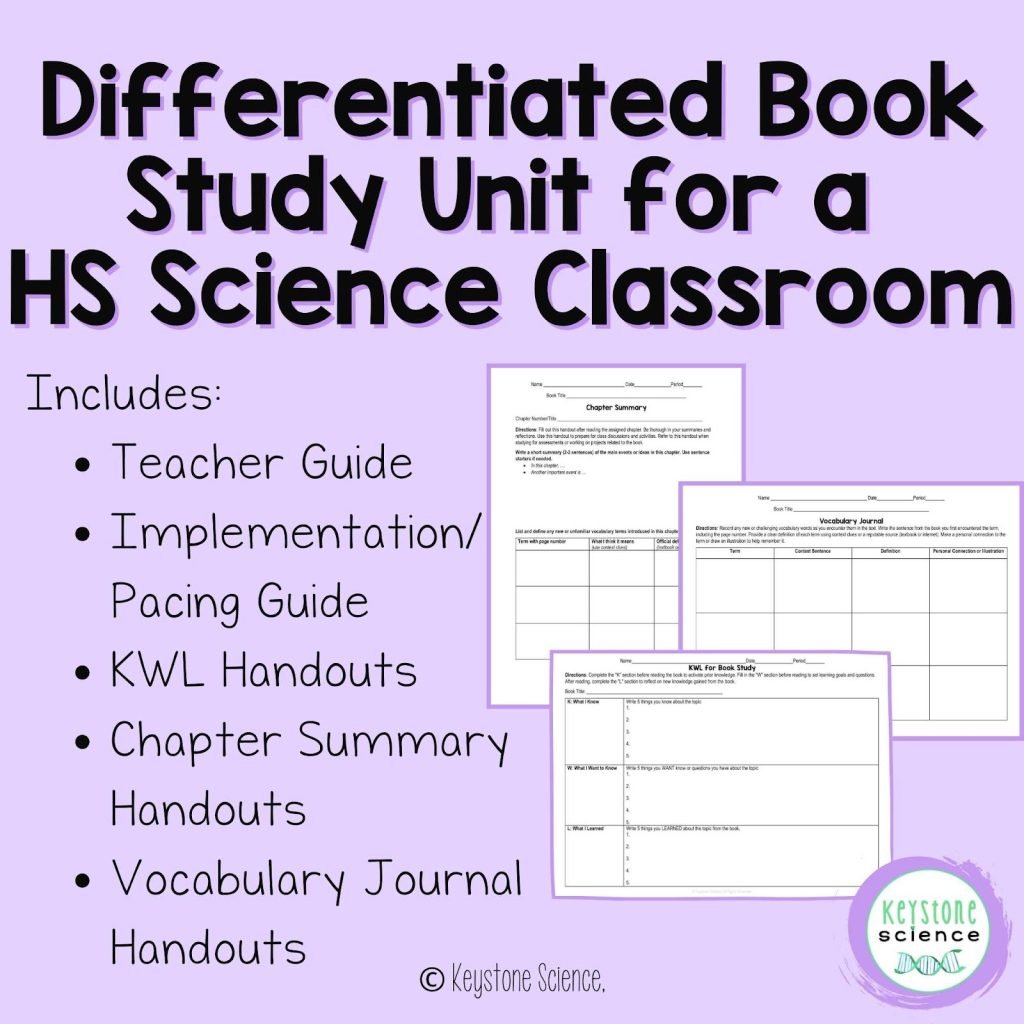
Step 3: Weaving it Into Your Curriculum
Look for ways to connect the book’s themes and concepts back to your lessons; either content you are currently teaching or content you already covered or will cover. Scientific book studies can be an effective way to review content or preview content! If you’re reading about climate change, you could connect it to your unit on ecosystems or the carbon cycle. The idea is to make the book an integral part of your teaching, not just an add-on.
Conclusion
Recap: More Than Just Words
So, there you have it: two big hurdles in science education and how non-fiction scientific book studies can help you clear them with ease. By making science more engaging and more understandable, these books can be highly effective with increasing your student’s scientific literacy using storytelling.
Time to Turn the Page
If you’re ready to bring more life into your science classroom, start by picking out a great non-fiction science book from this list and giving it a go. Giving just one chapter from a book to your students to read will break up the monotony of textbook readings, lecture notes, and mundane worksheets. Trust me, your students will thank you—and they might just surprise you with what they learn.
Looking Ahead: Next Up in the Series
Stay tuned for my next post on scientific literacy, where I’ll give you strategies to help students decode scientific terms and build their scientific vocabulary. Because when students can understand the language of science, they’re that much closer to understanding the science itself.
Let’s Connect!
💡Feel free to explore Keystone Science for ready-to-use high school biology & ecology NGSS aligned notes and activities.
💡Subscribe to my email list for weekly tips direct to your inbox.
💡Follow me on Instagram for daily tips, motivation, and facts you can use in your classroom!
🌟Share in the comments or email me directly 👉🏻 [email protected]
